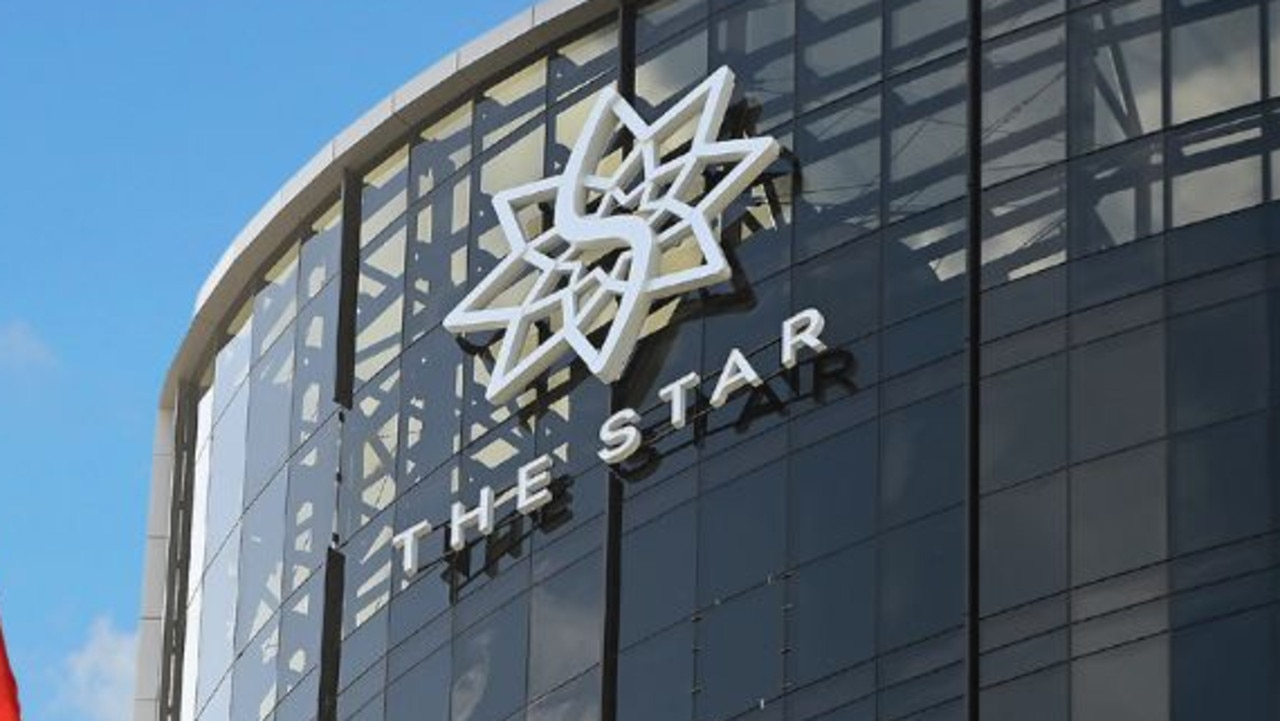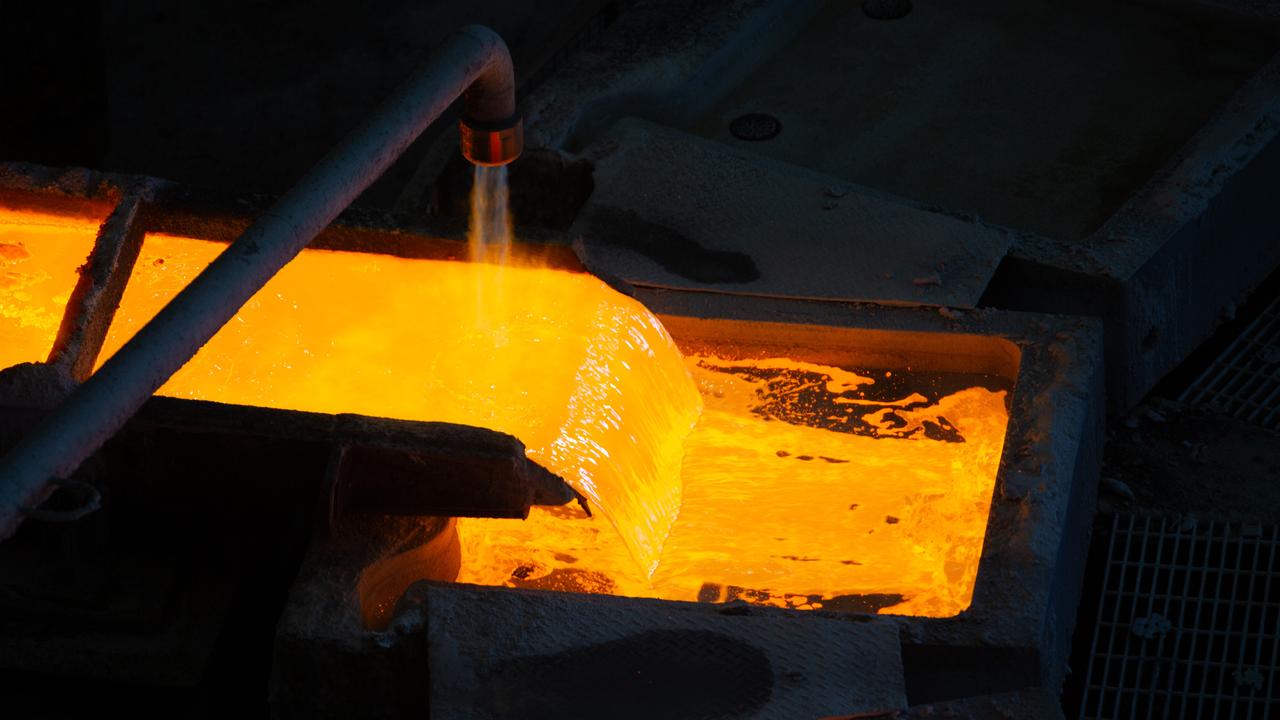Manufacturing shutdown fears grow as gas costs balloon
Energy-exposed manufacturers may be forced to close operations after being offered gas prices more than four times normal rates following the collapse of a major supplier.

Business
Don't miss out on the headlines from Business. Followed categories will be added to My News.
Energy-exposed manufacturers may be forced to close operations after being offered gas prices more than four times normal rates following the collapse of a major supplier with skyrocketing wholesale electricity and gas prices stoking fears of a cost crisis for the new Labor government.
AGL Energy on Wednesday offered default spot prices of more than $44 a gigajoule for large customers, more than four times usual rates, after the collapse of retailer Weston Energy sparked a scramble for gas supplies.
NSW magnesium producer Causmag International, which bought its gas from Weston, said it was weighing up whether it could afford the cost hike after being forced to find emergency supplies through the retailer of last resort scheme.
“We have to decide soon whether to pay this or cease operations,” Causmag International director Aditya Jhunjhunwala told The Australian.
With a jump in standing power prices expected to be announced by the Australian Energy Regulator on Thursday, manufacturers are on edge after one of the nation’s biggest gas retailers folded which has triggered the owners of more than 1000 industrial sites to find emergency supplies.
Wholesale electricity prices at least doubled in most states in the first quarter of 2022 and quadrupled in Queensland amid high demand and fuel prices while the Ukraine conflict saw gas markets also hit a record, new AER data to be released on Thursday shows.
Soaring prices have landed the government with an economic headache amid broader inflation, increasing interest rates and looming fears of a recession.
Anthony Albanese last year threw Labor’s support behind capping gas exports as prices soared in east coast markets, declaring Australian jobs should be “put first” as the nation tried to pull through the pandemic.
Queensland LNG producers exported their highest ever levels of gas in the first quarter of 2022 amid high global demand and prices with domestic gas supply also hitting a record for the same period, the AER said.
AGL said it noted “tight market conditions” and would work constructively with Weston Energy, market participants, regulators and the market operator to support customers.
Wholesale prices soared in Queensland for the first three months of 2022 to $171 per megawatt hour, its second highest level on record, with NSW at $89MWh and Victoria faring better at $64MWh for the period, the AER’s wholesale markets quarterly report shows. Domestic gas prices averaged $10GJ on the east coast, also a new peak for the first quarter. Electricity and gas markets have surged even further in April and May with NSW prices on track to finish the June quarter double the previous record.
The AER pointed to a jump based on futures prices for the second quarter. “Since the start of Q2, prices have continued to increase dramatically. Base futures … in Queensland reached a record high of $272MWh in early May, up from around $84MWh at the beginning of Q1. Similarly, NSW … products settled at a record high of $231/MWh. Prices have also significantly increased in South Australia and Victoria,” it said.
The price spike was in part due to record low black coal generation across the market with breakdowns and maintenance meaning it supplied just 49 per cent of total output while brown coal supplies in Victoria also slumped to their lowest level for a January through March quarter.
Grid scale solar generation stepped up to provide its highest ever quarterly output while gas generators were also busier due to black coal outages.
Most big energy users can manage their exposure to wholesale power price spikes by entering hedge contracts that lock in firm prices or signing up to contracts that lock in a specified rate.
However, Causmag has said it was being quoted fixed gas costs between $10 and $15 a gigajoule for contracted supplies and instead opted to pay on the spot market, leaving itself exposed once prices spiked and even more vulnerable after its gas supplier shut down. Still, experienced market observers said manufacturers that had bet on spot prices staying lower were playing a risky game.
“While of course these spot prices are extremely problematic for manufacturers buying on the spot market, the reality is that 18 months ago you could have probably signed a three to five-year deal for $8-$8.50 GJ,” MST Marquee analyst Mark Samter said.
“It is somewhat disingenuous to reject that, gamble on spot prices being lower, and then cry poor when the spot price goes up.”
Intervention in the market was also the wrong course of action, Mr Samter added. “The reality is that, other than direct subsidies to the manufacturer, any intervention into the gas market will only worsen the situation.”
“Given the majority of volume is sold on contract, domestic producers are not realising close to these prices. So you intervene in a way that is punitive to them and all you achieve is even less supply and greater pricing pressure for everyone down the line,” he said.
Originally published as Manufacturing shutdown fears grow as gas costs balloon









